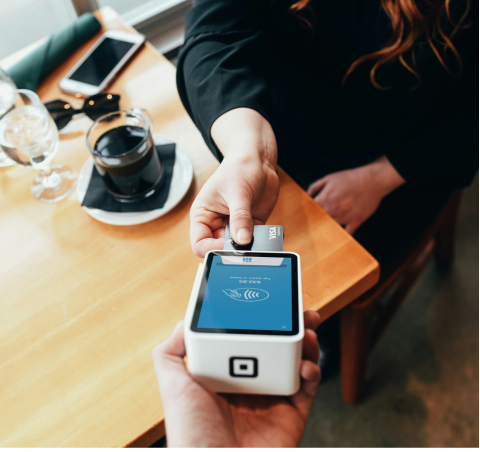.png)
You know what I’ve noticed lately? A lot of emails sound… well, like emails. And no, that’s not a compliment. You’ve seen them—super formal, overly polished, and utterly devoid of any real personality. They might as well scream, “this is a marketing email!”
But here’s the thing: the best emails don’t feel like emails at all. Instead, they feel like conversations. They’re human, relatable, and they get straight to the heart of what your subscribers care about. And that’s where the magic happens.
The Problem with Traditional Emails
Most emails today feel sterile—like they’ve come from a robot, not a person. They’re filled with jargon, corporate speak, and overused phrases that fail to connect.
And here’s why that’s an issue: people don’t engage with faceless brands. They engage with people, especially those who feel like friends. When your emails sound like they’re coming from a person—someone your reader can relate to—your subscribers are more likely to connect, engage, and, most importantly, convert.
In the words of advertising legend David Ogilvy, “The best ads don’t look like ads.” The same applies to emails. They shouldn’t scream “marketing.” Instead, they should feel like a chat with a mate.
How to Write Emails That Feel Human
So, how exactly do you create emails that feel less like a broadcast and more like a conversation? Here are a few tips to get you started.
1. Keep It Conversational
Ditch the jargon and formal corporate speak. Write the way you’d talk to a friend over coffee. Keep it casual, keep it real, and speak to your audience in a tone that feels approachable. Don’t be afraid to be yourself—authenticity is what makes you relatable.
2. Personalise Beyond the First Name
Adding a first name is a start, but real personalisation goes much deeper. Reference your reader’s past actions, purchases, or pain points. Tailor your message to their specific interests or behaviour. This shows you’re paying attention and creates a much more personalised experience.
3. Tell a Story
People love stories. Whether it’s an experience, a lesson learned, or a little behind-the-scenes moment, storytelling creates an emotional connection. Share an anecdote or a success story that ties into the message of your email. When done right, stories make your brand feel human and relatable.
4. Ask Questions
Engage your readers by asking questions. This instantly makes your email feel more interactive, even if they don’t reply. Questions prompt thought and make your email feel more like a two-way conversation, instead of a one-sided sales pitch.
5. Keep It Simple
Don’t overcomplicate things. Simple, clear language is not only more engaging but also easier to read. And if it’s easier to read, it’s easier to connect with. Remember, you’re having a conversation, not giving a lecture.
Why This Approach Works
When your emails feel human, they stand out in a crowded inbox. Readers are more likely to open, read, and engage with them. More importantly, they’ll start to trust you—not just as a brand but as a person behind the brand. And that’s where real connections—and conversions—are made.
The best part? Emails that feel like conversations don’t just drive engagement—they build lasting relationships. Subscribers begin to look forward to hearing from you because you’re not just selling to them—you’re speaking to them like a friend.
At Flowstate, we’ve cracked the code on writing emails that feel authentic, relatable, and genuinely human. Through our Flowstate Academy, you’ll work alongside our team of email specialists, technicians, copywriting experts, and designers to craft flows and campaigns that feel true to your brand and goals.
We don’t believe in one-size-fits-all marketing. We believe in creating emails that start conversations and build connections. It’s about making your subscribers feel seen, heard, and understood—and when you do that, the results speak for themselves.
Ready to write emails that don’t feel like emails?
Check out Flowstate Academy now, and discover how to transform your emails into conversations your subscribers actually look forward to.









